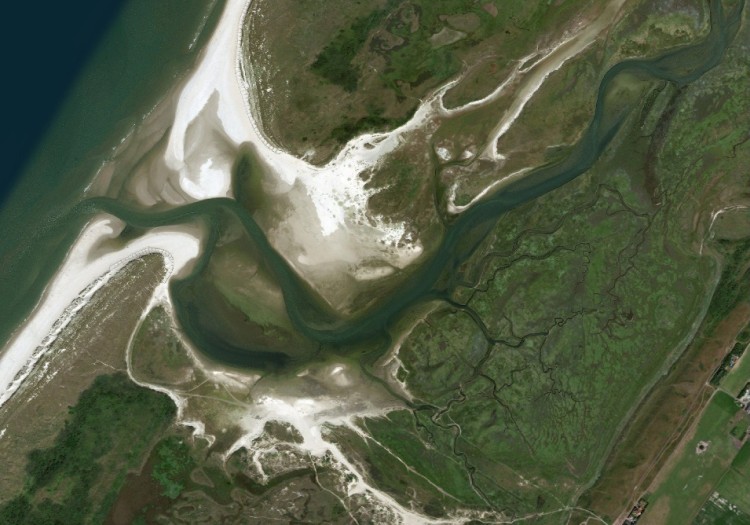B.M. Baaij*, J. Kooijman, J.M. van Loon-Steensma, J. Limpens
Wageningen University & Research
*
Introduction
Salt marshes provide important ecosystem services, such as coastal protection against flooding and erosion by stimulating sedimentation and attenuating wave energy. However, salt marsh functioning is threatened worldwide by human influences and climate change. Salt marshes are expected to drown with sea level rise when they cannot migrate inland or when they cannot gain elevation with similar or higher rates than the relative sea level rise. Although it is known that salt marsh vegetation contributes to sedimentation and wave attenuation, little is known about differences between vegetation types and the (relative) contribution of vegetation characteristics.
Methods
We investigated the role of vegetation presence, type and characteristics in sedimentation, sediment grain size and wave attenuation by a combined field and modelling study on a salt marsh in nature reserve the Slufter on the barrier island Texel, the Netherlands (Figure 1). Vegetation presence was manipulated and vegetation characteristics (total cover, vegetation height, stem height, stem diameter, branching level, stem density and biomass), sedimentation and the sediment grain size distribution were measured in four vegetation types (Salicornia, Spartina, Atriplex and Limonium type) in the field. Stem height, stem diameter and stem density were used as input for the XBeach model to explore their (relative) effects on wave attenuation.
Results
We found a strong positive effect of vegetation presence on sedimentation and wave attenuation. Sedimentation was highest for the Salicornia type and lowest for the Limonium type. Modelled wave attenuation was strongest for the Spartina type and weakest for the Salicornia type. Sedimentation increased with stem height and branching level, while sediment grain size was not significantly influenced by any vegetation characteristic. Modelled wave attenuation increased with stem height, stem diameter and stem density and was most sensitive to low stem densities. Understanding the role of vegetation presence, type and characteristics in sedimentation and wave attenuation will be valuable in the prediction of salt marsh accretion and the implementation of salt marshes in nature-based flood defences.

Figure 1 Aerial view of study area the Slufter on barrier island Texel, the Netherlands. The salt marsh is situated in between two dikes and connected to the North Sea by a channel. Source: Bing Satellite.
I. Surname1*, F.N. Another-Surname2 , Y. Next-Surname2
1 University Name, Country; 2 Organization Name, Country
* Corresponding author: mail.name@organization.org


